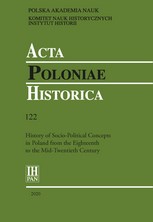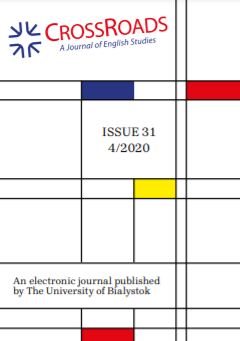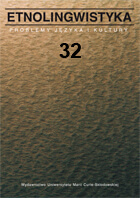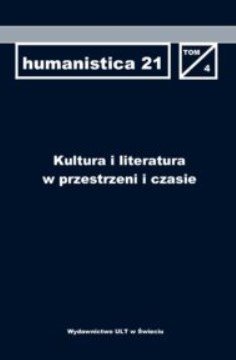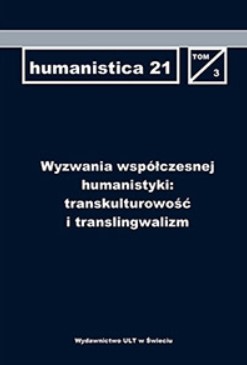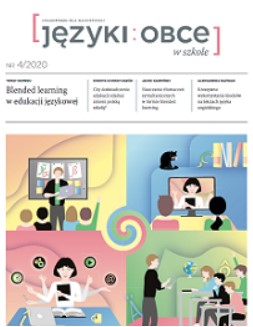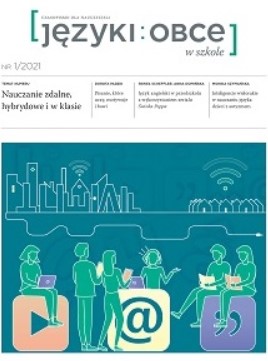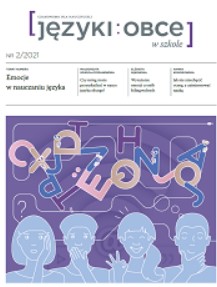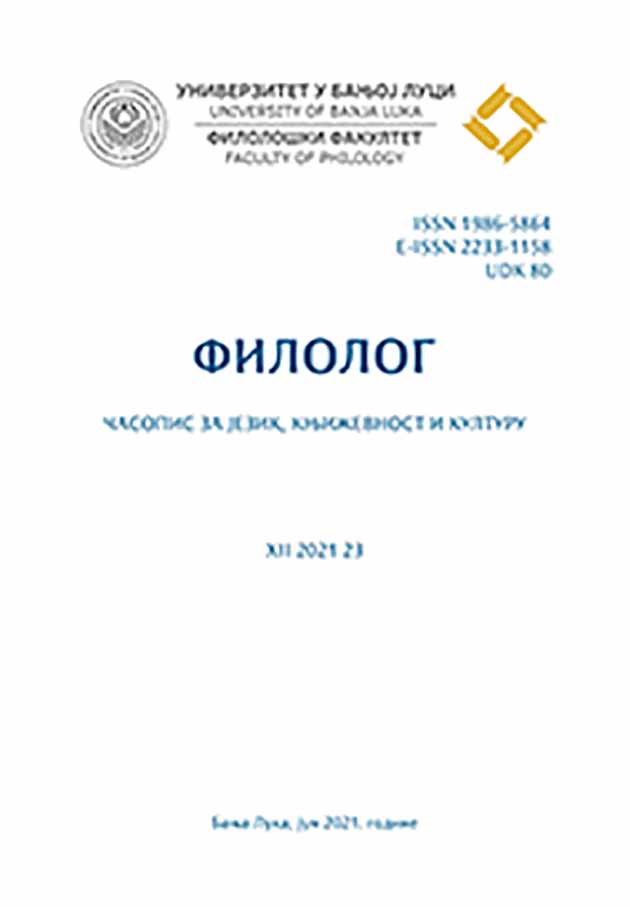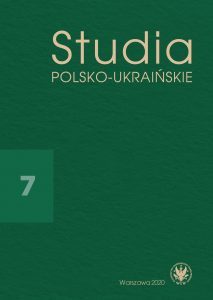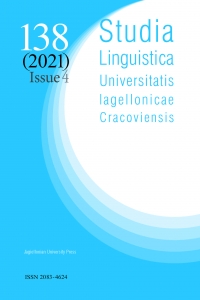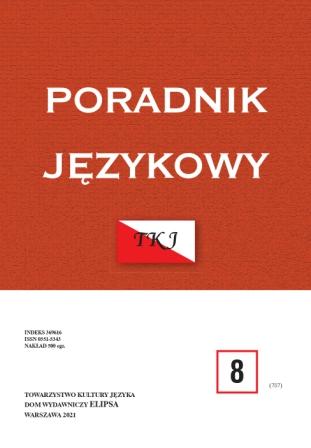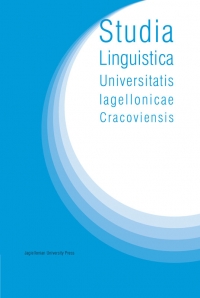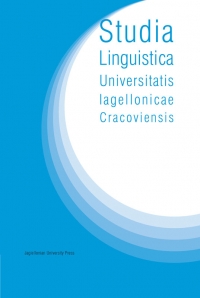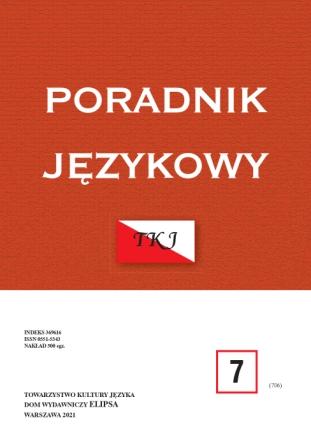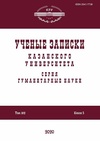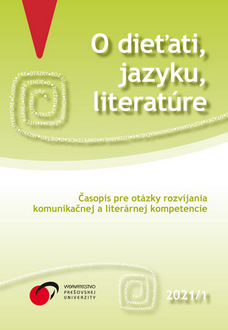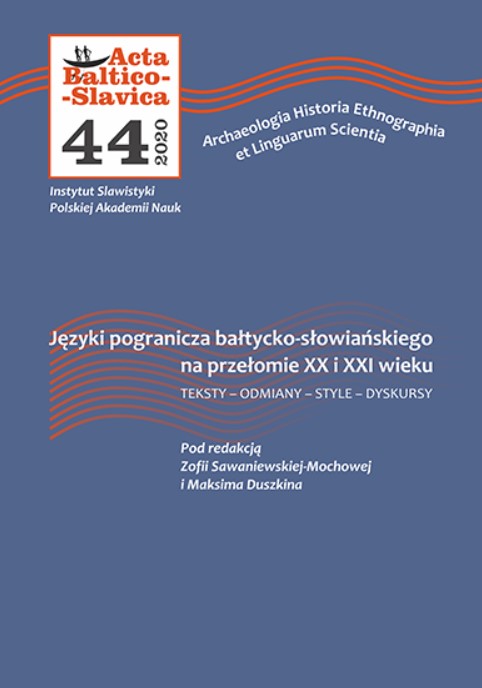
Łbem muru nie przebijesz. Na tropach frazematyki północnokresowej końca XX wieku
The authors studied the little-investigated body of northern Kresy Polish phraseology. The first part of the article briefly presents general, theorical issues related with the status of multi-word constructions, highlighting among these multi-component language units, i.e. reproductions (phrasemes), with the predilection of researchers to describe individual words and avoid multi-word units, even though there are many more of the latter in natural language than single-element units. It has been shown that northern Kresy phrasematics has been particularly neglected. A result of this neglect is the lack of extensive databases of these multi-word units, which in turn makes it impossible to present a credible description of discontinuous units. The authors propose that research should begin with the assembly of a database of northern Kresy phrasematic material nearly from scratch. The empirical part presents the results of initial exploratory research, i.e. performing extraction on a fragment (ca. 110 pages) of a Lithuanian-Polish dictionary published in Vilnius at the end of the twentieth century. The excerpt contains as many as twenty phrasemes that are not found in general Polish, which confirms the thesis that contemporary northern Kresy cultural dialect is saturated with multi-word units. As many as 90% of reproductions are not – most likely apparently, due to the lack of an extensive database – attested in other sources. All are of foreign origin. Interestingly, 35% of the material occurs in all four languages used in Kresy (będziesz gościem; tnie prawdę w oczy; rodzaj ogólny; siedzi jak na igłach; suche miejsce; krupy ryżowe and sygnał samochodowy). Most likely the same living conditions led to the creation of a similar image of the world. The extracted phrasematic material is presented in a formalised manner, adapting the principles of description of language units proposed by Andrzej Bogusławski.
More...
